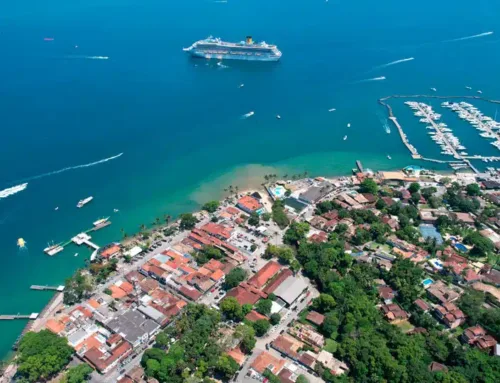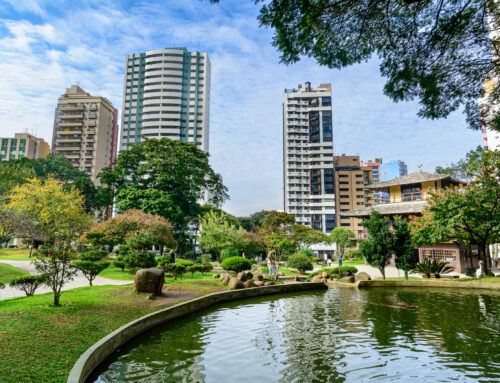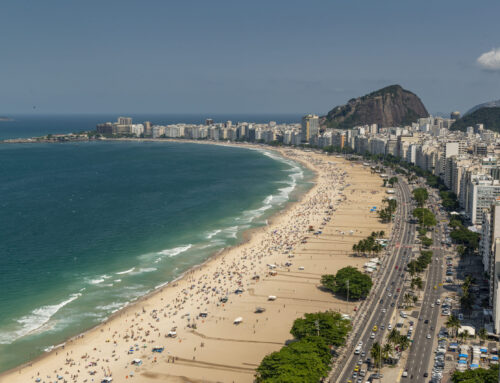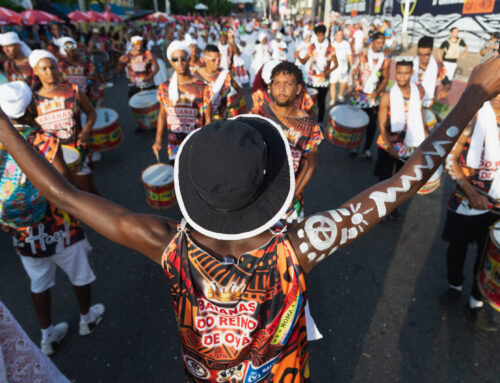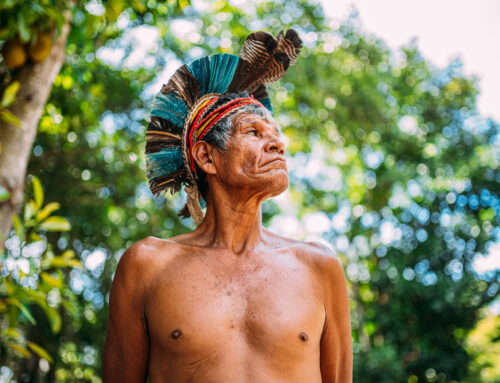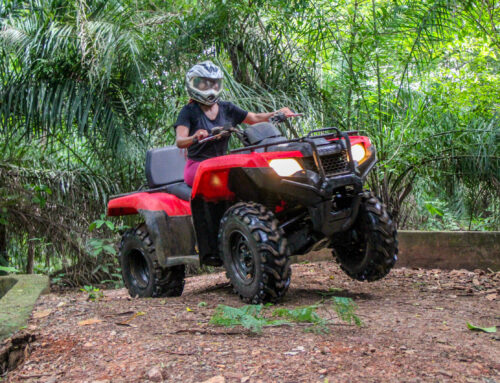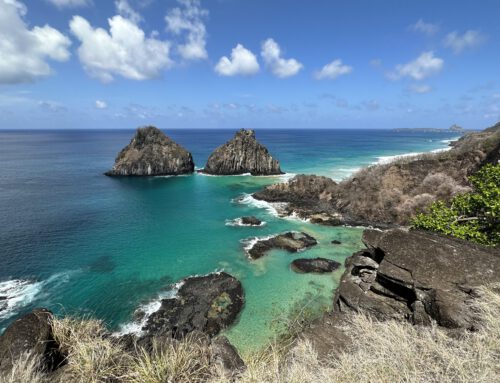The Central-West of Brazil is one of the five major regions of the country, noted for its vast landscapes ranging from savannas to wetlands, offering a unique view of Brazilian biodiversity. Covering an area of 1,606,354.09 km² and with a population of 16,289,538, the Central-West is known for its low population density of only 10.14 inhabitants per km², reflecting its vastness and tranquility.
States and Capitals
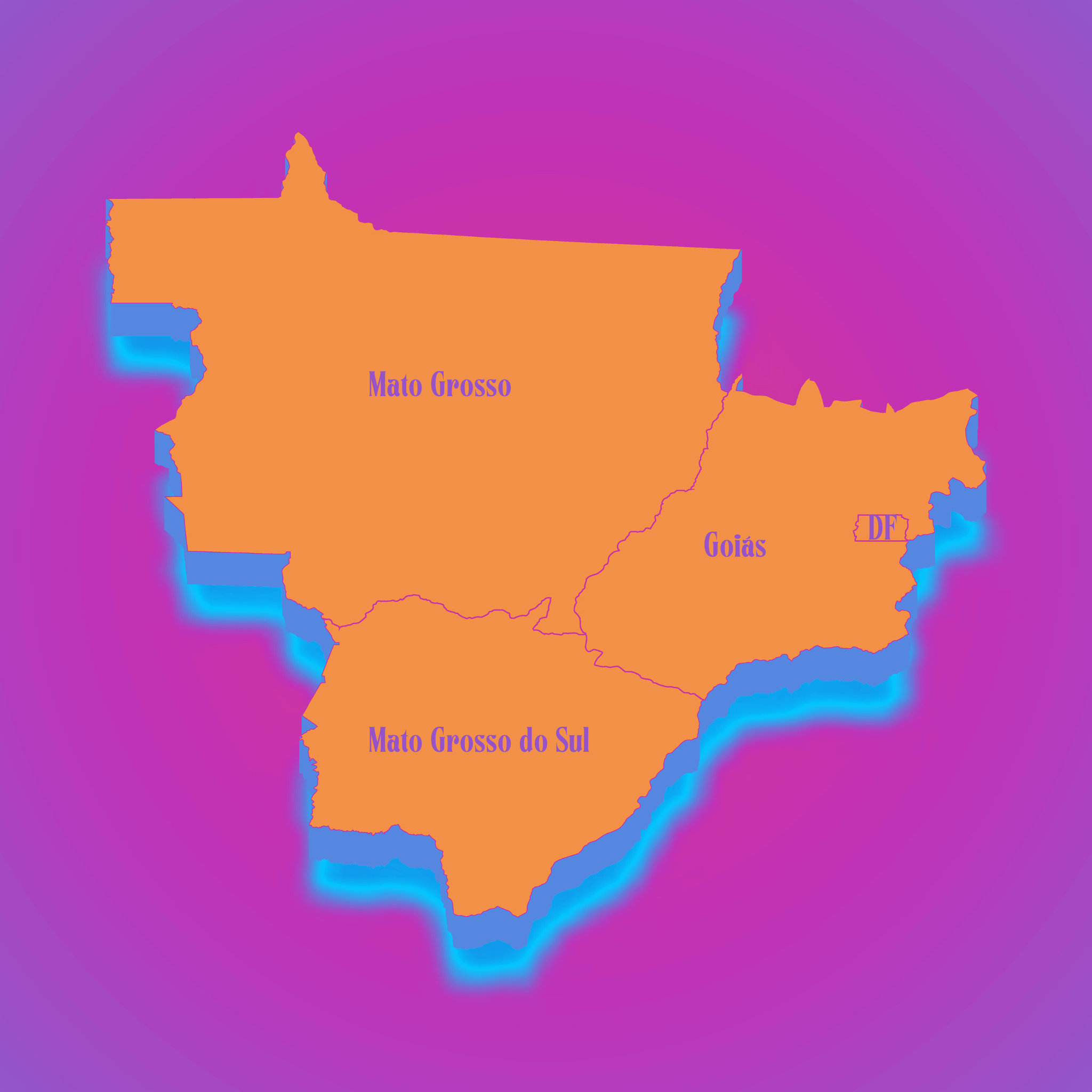
Goiás (Goiânia)
Goiás is a state that enchants with its rich cultural tapestry and natural beauty. The capital, Goiânia, stands out for its art deco architecture and is a vibrant cultural center, especially known for sertanejo music and gastronomic festivals. Additionally, Goiás is home to the Chapada dos Veadeiros National Park, an area of extraordinary natural beauty with vast rock formations and rich biological diversity, making this state a must-visit for nature lovers and enthusiasts of Brazilian culture.

Mato Grosso (Cuiabá)
Mato Grosso is a state that stands out in the Brazilian scene for its vast natural beauties and rich biodiversity. With Cuiabá as its capital, it is known as the gateway to the Pantanal, one of the largest wetlands in the world, offering exceptional opportunities for wildlife observation and ecotourism. Moreover, Mato Grosso is home to part of the Brazilian Amazon, providing unforgettable adventures in one of the planet’s most iconic ecosystems.
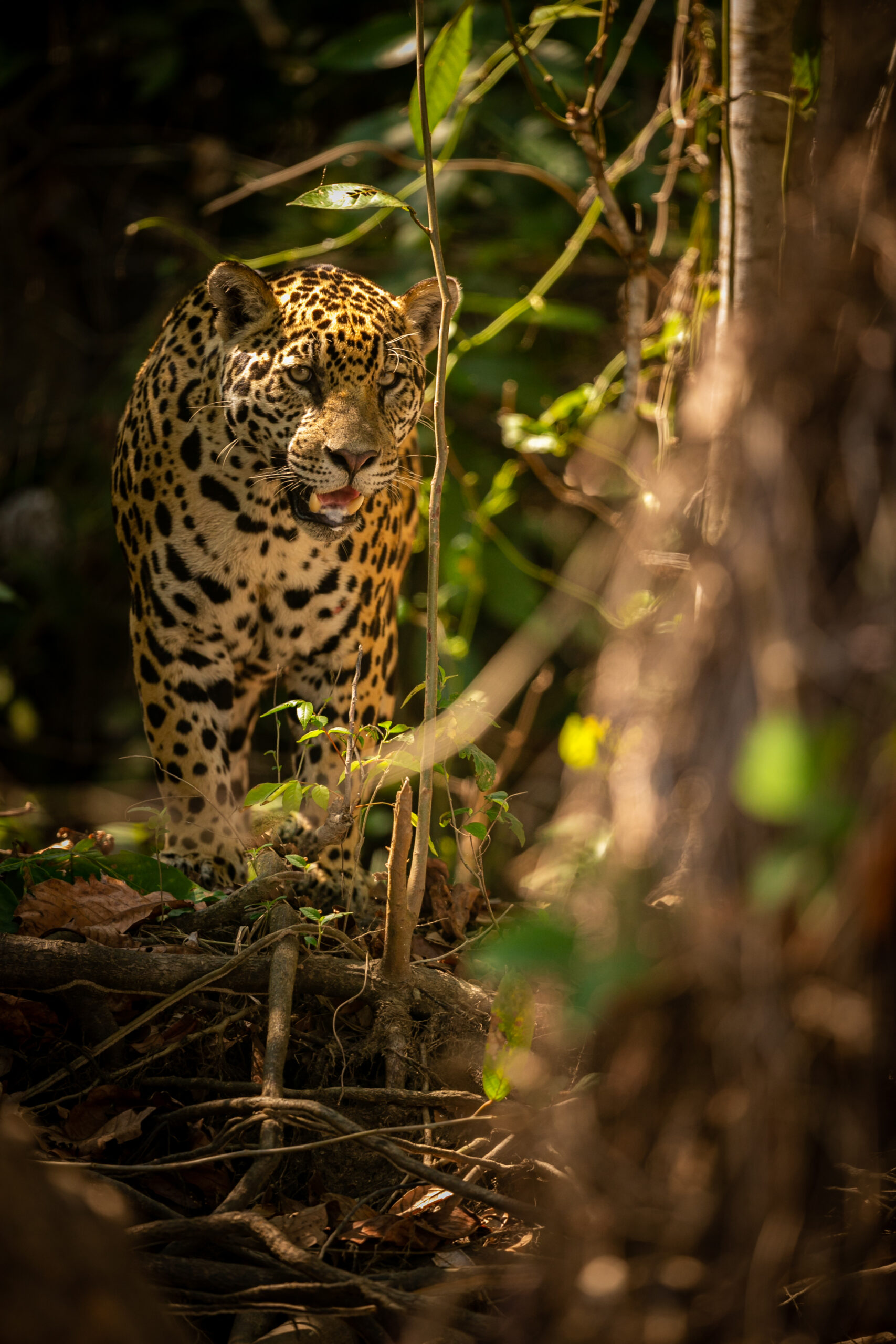
Mato Grosso do Sul (Campo Grande)
Mato Grosso do Sul, with Campo Grande as its capital, is renowned as a gateway to the Pantanal, one of the largest wetlands in the world, offering rich observation of fauna and flora in their natural state. In addition, the state is a coveted destination for ecotourism, particularly the city of Bonito, known for its crystal-clear waters ideal for diving and floating. This combination of adventure activities and the tranquil beauty of its natural landscapes makes Mato Grosso do Sul a special place in the heart of Brazil.
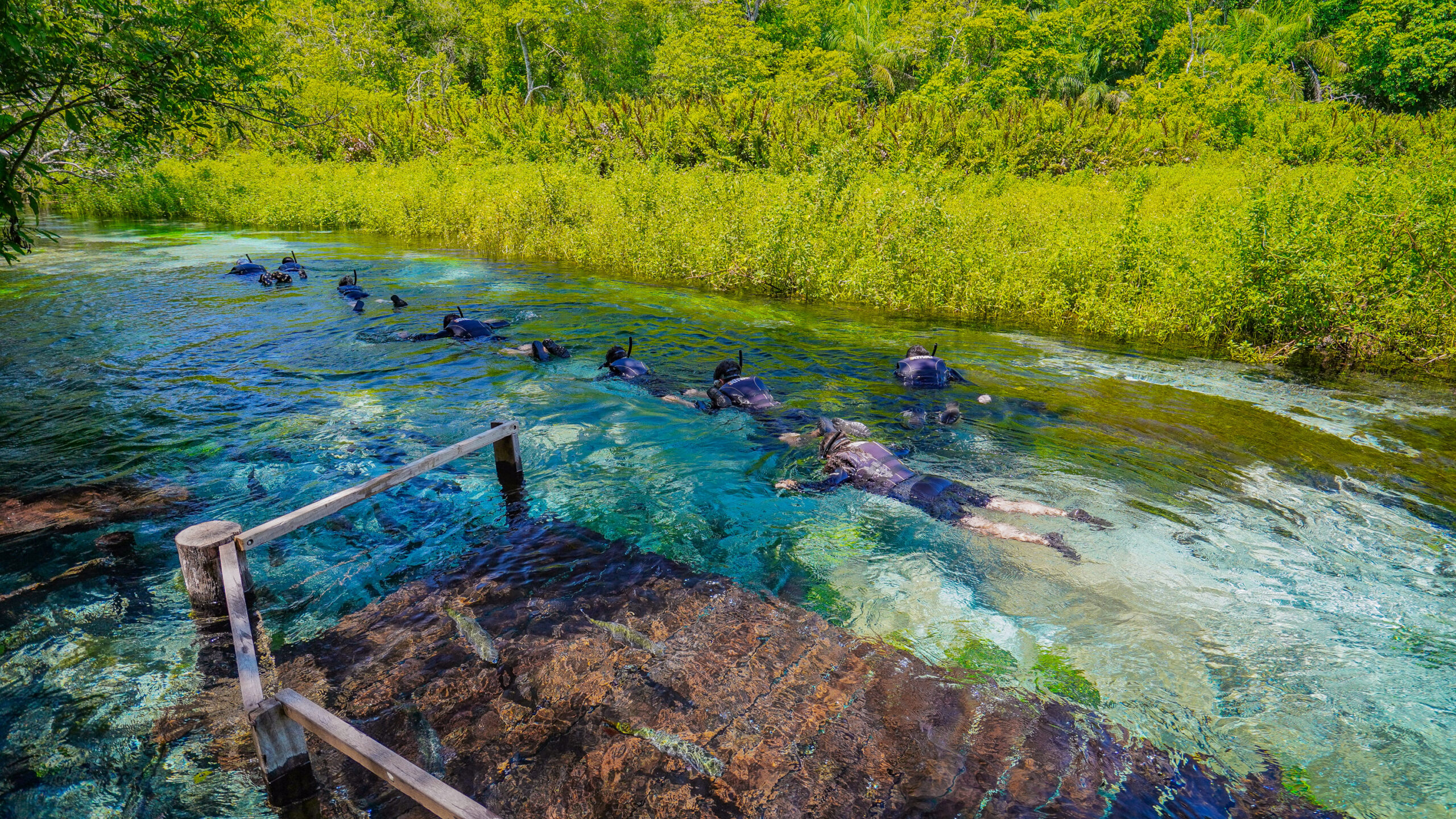
Distrito Federal (Brasília)
Brasília, the capital of Brazil, is a unique city, designed by the renowned architect Oscar Niemeyer and the urban planner Lúcio Costa. Inaugurated in 1960, the city is famous for its modernist architecture and the plane-like layout. As the political center of the country, Brasília houses the three branches of the Brazilian government, as well as several international embassies. The city is a UNESCO World Heritage Site, recognized both for its architectural innovation and its cultural and political significance.
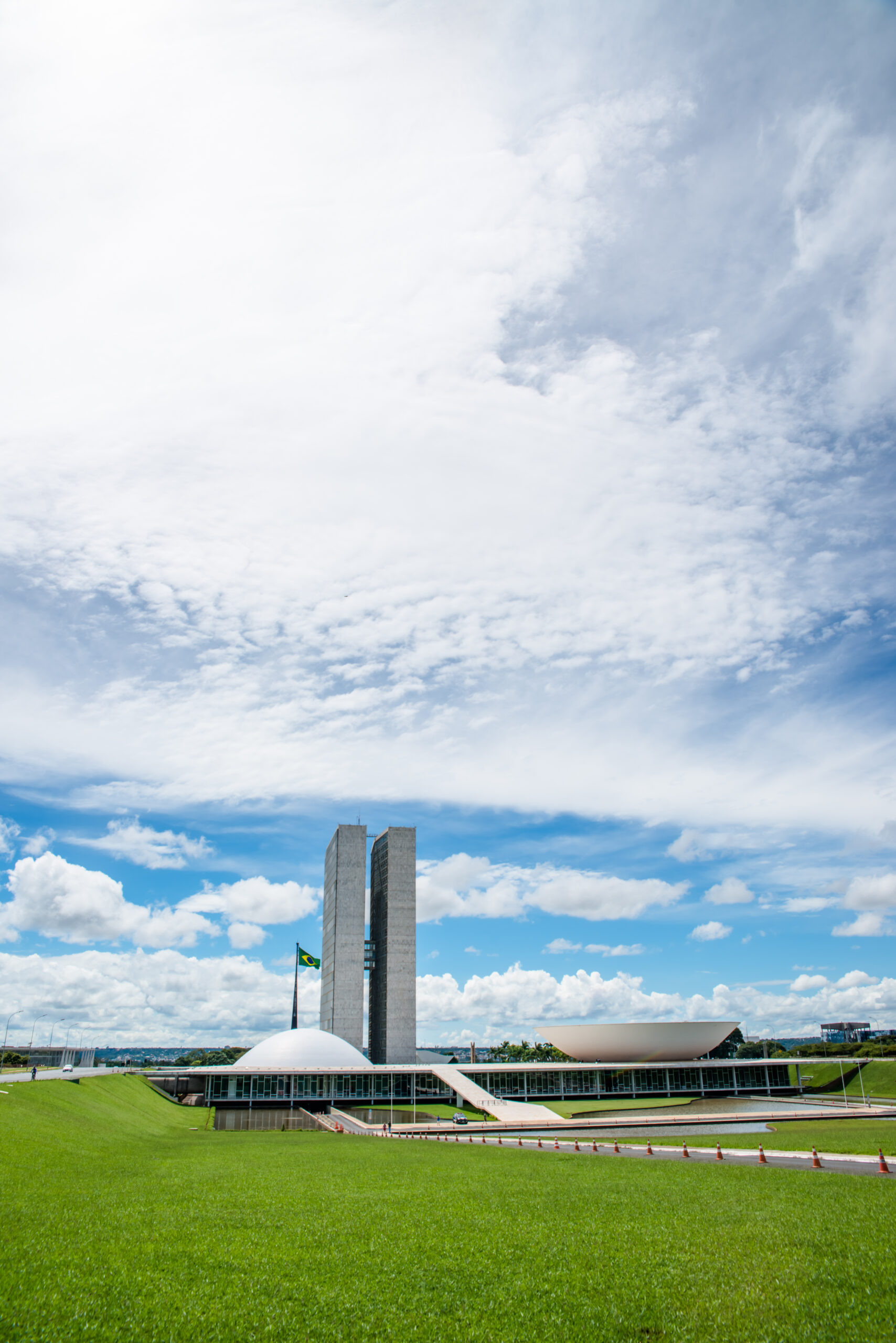
The Central-West is a region of extremes, where grand nature meets the modernity of large cities, offering a unique experience for visitors seeking both wilderness adventures and urban sophistication. Come explore the heart of Brazil and discover the secrets this region has to offer!
Source: IBGE

